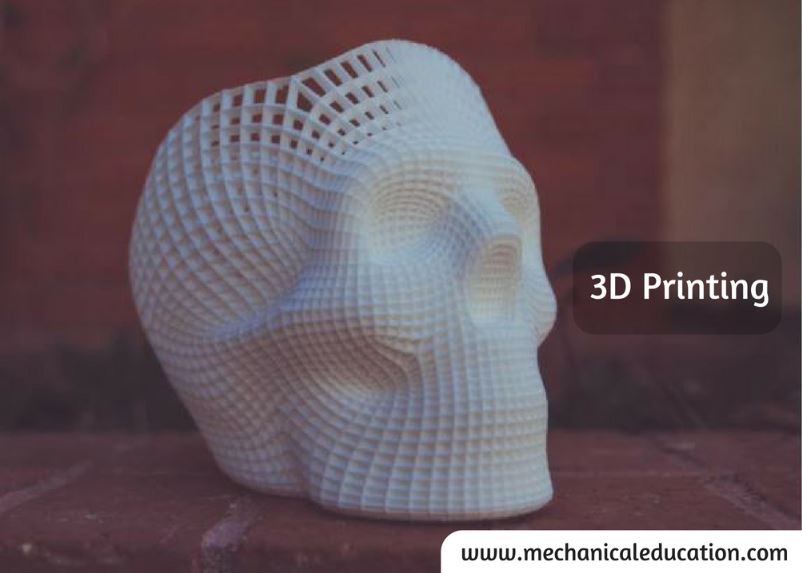Friction welding is a solid-state welding process that uses frictional heat and pressure to join two materials together. Here are some common applications of friction welding:
- Automotive industry: Friction welding is used in the automotive industry to join parts of cars together such as axles, driveshafts, and steering components. It is also used to join dissimilar materials such as aluminum and steel.
- Aerospace industry: Friction welding is used in the aerospace industry to join parts of aircraft together such as landing gear components, engine components, and control surfaces. It is also used to join dissimilar materials such as titanium and steel.
- Railway industry: Friction welding is used in the railway industry to join rails together to form continuous tracks. It is also used to join other railway components such as axles and couplers.
- Construction industry: Friction welding is used in the construction industry to join steel bars together to form reinforcing structures such as beams and columns.
- Medical industry: Friction welding is used in the medical industry to join small and delicate parts of medical devices together such as orthopedic implants and surgical instruments.
Overall, friction welding is a reliable and efficient welding process that is used in a variety of industries where high-quality welds and strength are required. Its ability to join dissimilar materials and produce strong and consistent welds makes it a popular choice in many different applications, especially in the automotive and aerospace industries.
Frequently Asked Questions
1. What is friction welding, and how does it differ from other welding processes?
Friction welding is a solid-state welding process that joins materials through the generation of heat caused by friction between two surfaces. Unlike traditional fusion welding methods, it does not involve melting the materials.
2. In what industries is friction welding commonly used?
Friction welding finds applications in aerospace, automotive, marine, and other industries where high-strength and high-quality welds are required. It is particularly useful for joining dissimilar materials.
3. What are the main advantages of friction welding?
Some advantages include the ability to join materials with different compositions, high efficiency, shorter cycle times, reduced heat-affected zones, and the absence of filler materials.
4. Can friction welding be used for both metals and plastics?
Friction welding is primarily used for metals, but there are variants like friction stir welding that can be applied to plastics and composites. Traditional friction welding, however, is mainly used for metallic materials.
5. How does friction welding contribute to material conservation and waste reduction?
Friction welding minimizes material waste as it forms strong joints without the need for additional filler materials. This can lead to significant material and cost savings.
6. What types of joints can be produced using friction welding?
Friction welding can produce various joint types, including butt joints, lap joints, and even complex joints in tubular or bar-shaped components. The process is versatile in creating strong connections.
7. Is friction welding suitable for high-temperature applications?
Yes, friction welding is suitable for high-temperature applications. The process generates localized heat, allowing for the joining of materials that are often used in high-temperature environments.
8. Can dissimilar materials be joined using friction welding?
Yes, one of the strengths of friction welding is its ability to join dissimilar materials effectively. This includes combinations of different metals and alloys.
9. What are the challenges or limitations of friction welding?
Challenges may include the need for precise control of process parameters, limited applicability to certain geometries, and the requirement for specialized equipment. However, ongoing advancements aim to address these limitations.
10. How does friction welding contribute to the production of lightweight structures?
Friction welding allows the joining of materials with different densities and properties, facilitating the production of lightweight structures. This is particularly advantageous in industries where weight reduction is a critical factor, such as aerospace and automotive.




